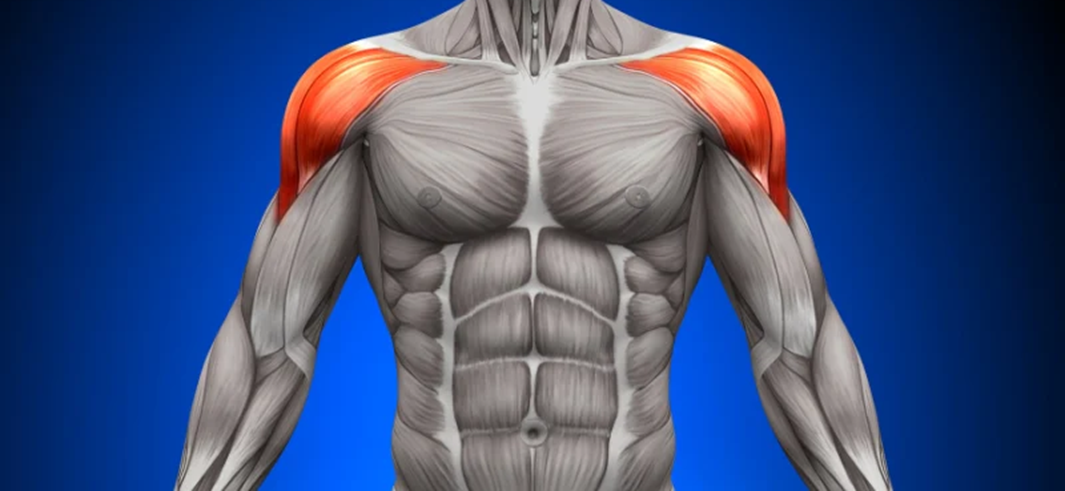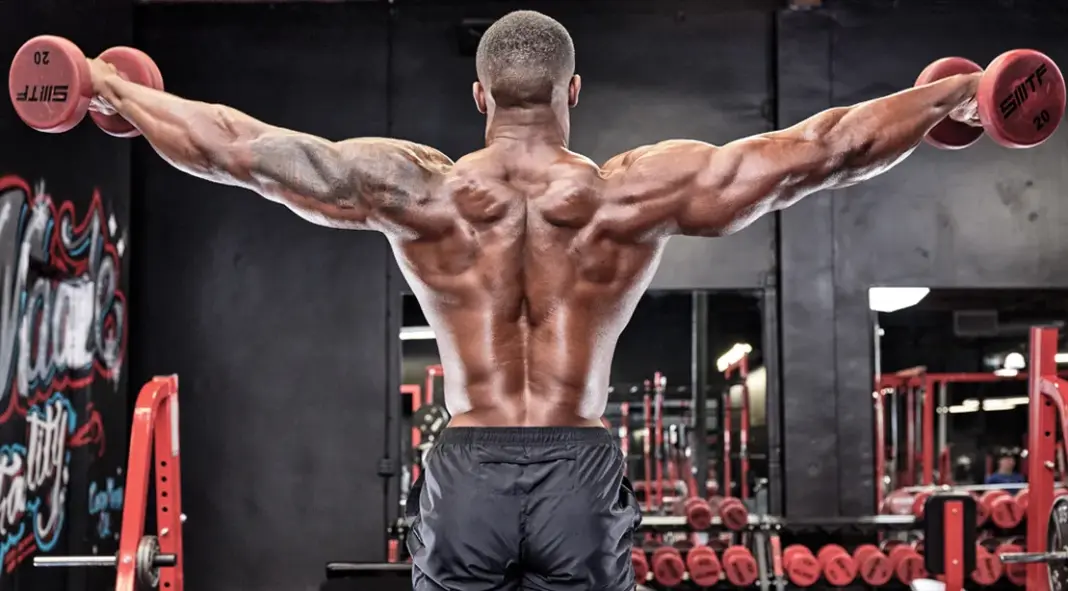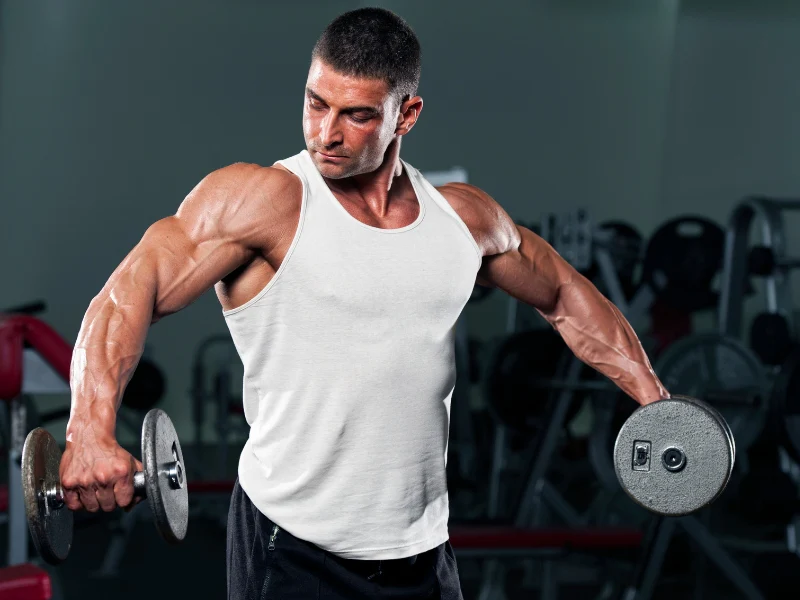Side Delt Anatomy & Function: What You Need to Know
When bodybuilders talk about “capped shoulders,” what they’re really talking about is side delt development.
The side deltoid muscles are what give your shoulders that broad, round look that makes your upper body pop. But to train them effectively, you need to understand how they work — not just throw in a few lateral raises and hope for the best.
This guide breaks down the anatomy and function of the side delts, explains how they contribute to aesthetics and performance, and gives you practical insights to start training them smarter.
The Anatomy of the Side Deltoid
Your deltoid muscle is made up of three heads:
- Anterior (Front) Delts – help raise your arms forward.
- Lateral (Side) Delts – responsible for moving your arms out to the side.
- Posterior (Rear) Delts – help pull your arms backward.
The side deltoid, also called the lateral deltoid, originates from the acromion (the bony part of your shoulder blade) and inserts into the humerus (upper arm bone). Its main role is shoulder abduction — raising your arm away from your body in the frontal plane.
What the Side Delts Do
The side delts are small compared to your chest or back, but their role is critical:
Shoulder Abduction – They lift your arm directly out to the side. This is why lateral raises are the bread-and-butter movement.
Shoulder Stability – During pressing and pulling, they stabilize the joint and share the workload with other muscles.
Upper Body Balance – They balance out the front and rear delts, preventing posture issues and muscle imbalances.
Why Side Delts Are Key for Bodybuilders
Visual Width
Broad side delts make your waist look smaller and give you the illusion of size. Judges on bodybuilding stages are always looking for capped shoulders because they frame the physique.
Symmetry & Balance
If you only hammer pressing, your front delts will overpower your side delts, creating an imbalanced look and possible shoulder problems.
Support in Lifts
While they aren’t the prime movers in bench or overhead press, strong side delts add stability and carryover to your compound lifts.
Side Delts in Action: Everyday & Gym Examples
- Everyday Life: Raising your arm to grab something from a high shelf.
- In the Gym: Performing a lateral raise, upright row, or stabilizing during a dumbbell overhead press.
Think of your side delts as the muscles that “open up” your arms away from your torso. Anytime your arms move outward, they’re engaged.
Training Insights from the Anatomy
Now that you know how the side delts function, here’s what that means for your training:
Isolation Is Non-Negotiable
Pressing isn’t enough. You need lateral raises (dumbbell, cable, machine) to directly target the side delts.
Moderate Weight, Higher Reps Work Best
The side delts are small muscles that respond to 8–20 reps with strict form more than heavy loads.
Volume and Frequency Matter
Because they’re small, they recover quickly. You can hit side delts 2–3 times per week without overtraining.
Angles Make a Difference
Cables and lean-away raises help maintain constant tension, something dumbbells can’t do. Mixing angles ensures complete stimulation.
Example Programming for Side Delts
Here’s how you can apply this knowledge:
Beginner-Friendly Push Day:
- Overhead press: 3×8
- Dumbbell lateral raise: 3×12–15
- Cable lateral raise: 2×15
Intermediate Shoulder Day:
- Seated dumbbell press: 3×10
- Dumbbell lateral raises: 4×12–15
- Lean-away cable raises: 3×12
- Rear delt flys (for balance): 3×15
Advanced Side-Delt Specialization:
- Giant set:
- Dumbbell laterals (12–15 reps)
- Lean-away cable laterals (10–12 reps)
- Machine lateral raises (to failure)
Common Mistakes When Training Side Delts
❌ Going too heavy – Turns the exercise into a trap workout.
❌ Swinging weights – Momentum kills delt activation.
❌ Overemphasis on pressing – Presses work mostly front delts, not side delts.
❌ Low frequency – Once per week is rarely enough for visible gains.
✅ Solution: Train side delts frequently, with lighter weights and strict, controlled movement.
Final Takeaways
- The side delts are responsible for width, symmetry, and shoulder stability.
- Their main role is shoulder abduction, which means exercises like lateral raises are essential.
- To grow them, prioritize isolation work, high volume, and multiple training angles.
- Don’t let your pressing movements dominate your shoulder training — your side delts deserve their own spotlight.
By respecting the anatomy and function of your side delts, you’ll not only look wider and more balanced but also perform better in pressing and pulling movements.





